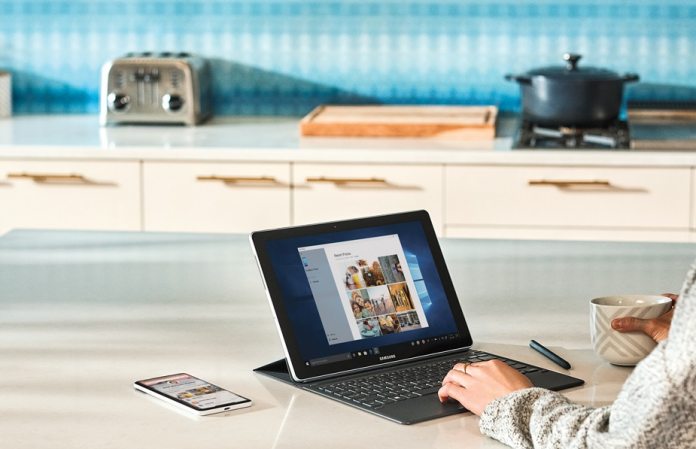The update won’t roll out to everyone until next month, as planned, and even then it’s likely to be a slow and cautious affair. However, this is a chance for Microsoft’s volunteers to catch any last-minute bugs on their differing hardware configurations. While doing so, they’ll be able to experience the OS’ latest feature bump. The May 2020 update isn’t set to be Microsoft’s biggest yet, but it’s definitely more substantial than the build we got late last year. The theme appears to be user control, with easier access to optional updates, a cloud download option for reinstalling Windows, and the ability to limit the bandwidth Windows 10 uses for its updates. Bandwidth usage in the operating system has long been an annoyance, so the last addition is particularly welcome. Gone are the days of having to use network limiting software on low-speed connections so the rest of your household doesn’t churn to a halt. Users should also notice a faster Windows Search thanks to optimizations and intelligent use of downtimes to index. Cortana will be decoupled from the Start Menu and get a text-based interface, while Task Manager will show disk type and GPU temperature. Even so, the most noteworthy feature in the Windows 10 May 2020 update is one most people won’t use. With it rolls out the Windows Subsystem for Linux version 2. WSL 2 builds on the previous version, using a real kernel to provide a more feature-rich Linux experience on Windows 10. It should also come with performance improvement and support for software like Docker. There are a ton of more minor improvements on top of this, but suffice it to say it won’t be the glorified cumulative update that was 19H2. You can read a full list of incoming features in our roundup.




